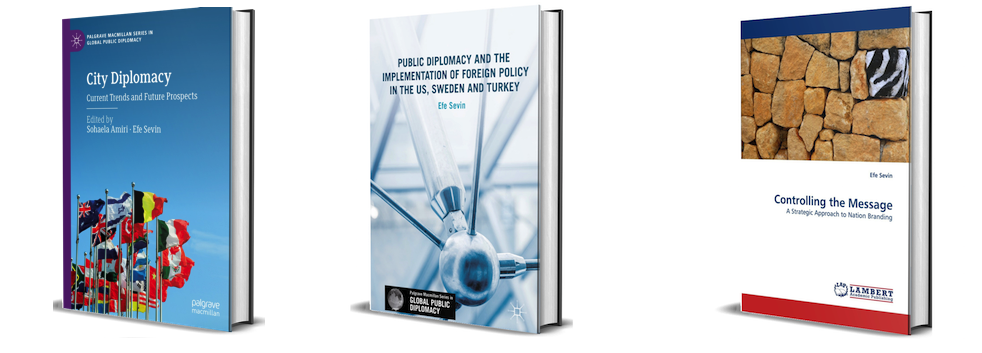Welcome to Turkey’s first online coffehouse:Turkayfe.org!
As part of my social media and political communication in Turkey posts, I decided to introduce a project that I have been working on for quite some time. We started the Turkayfe project in May 2009. After spending six months on the conceptualization, we recently launched our website,http://www.turkayfe.org/. Practically, the project is a place branding through storytelling attempt for Turkey. We aim to support Turkey’s branding attempts by using Web 2.0 technologies and by initiating a virtual grassroots movements. Together with the founder of Turkayfe, Gizem Salcigil White, we will be presenting a critical research paper about Turkayfe, the role of Web 2.0 in citizen’s diplomacy, and branding through sharing experiences at the 2nd Place Branding Conference in Bogota. I wanted to introduce the project to the blogosphere before getting ‘too academic’.
The image above is our front page image. We invite people to grab a coffee, sit down, and start sharing their experiences about Turkey. As our main strategy is creating a brand through people, we placed several people sitting (well some standing, singing, dancing, and playing instruments) at a cafe. The images stand for our seven main categories. For further information, feel free to contact me or pay a visit to Turkayfe.org. I will introduce two dilemmas, pros, and cons of starting a Web 2.0 place branding project.

Short Summary of Turkayfe Project
Dilemmas
1-Government/Non-government: Now, one of the most important decision we had to make was about government support. On one hand, the financial support from the Turkish government and state agencies can solve all our budgetary problems. But we started the project with an aim to project a candid story of Turkey. How candid can you be when you are supported by the state? On the other hand, if we continue as four young professionals without state support, do we have the legitimacy to create a branding platform for Turkey? We decided to keep Turkayfe as a non-governmental project as our goal is to present people stories – these stories also constitute the basis for our legitimacy claims.
2-New portal/Existing portal: One option for us was to use existing portals, such as Facebook, or existing framework, such as Ning and WordPress, to start Turkayfe. This option is cost-efficient. Moreover, it is easier to reach the audience. The second option was to build up a new website based on a new framework. We chose the second option to create a stronger sense of community and belonging among our users.
Pros
1-Avoiding clichés: A Web 2.0 project enables you to avoid several clichés in nation branding. As you (meaning the project team and contributors) aim to write about their daily life and experiences, the end product is usually an interesting story (rather than a misleading slogan on a glossy poster).
2-Young audience:Younger generations are more likely to use technologically advanced products. Apart from being an online project, Turkayfe.org also tries to present the newer web technologies to its users. Hopefully, this approach will make us popular among younger generations.
Cons
1-Language problem: The website is entirely in English. We currently do not accept submissions in Turkish… If a user posts an article in Turkish, it will not be published on the website. Even though choosing English as the only language on the website ensures open communication and interaction, it also limits our audience.
2-Inclusiveness: We want stories about people’s daily lives. We want all kinds of stories. Yet, in order to post on Turkayfe.org, you should have basic linguistic and technical capabilities. Our online coffeehouse unfortunately is only accessible if you have internet connection and can speak English.
In short, social media in Turkey, especially with regard to political communication, should not be seen as a paradigm shift. Social media has not replaced (and is not likely to replace) traditional media in the upcoming years. Yet, if you want to reach younger and more education people – go online, go viral! In order to look attractive and professional in social media, you need to invest – social media is not 100% free! Last but not the least, legitimacy in online nation/place branding campaigns is a huge problem. You need to make sure you have (at least you can claim) legitimacy on a few grounds before unveiling your project!


5 thoughts on “Social Media, Political Communication, and Turkey Vol.2: Turkayfe.org”